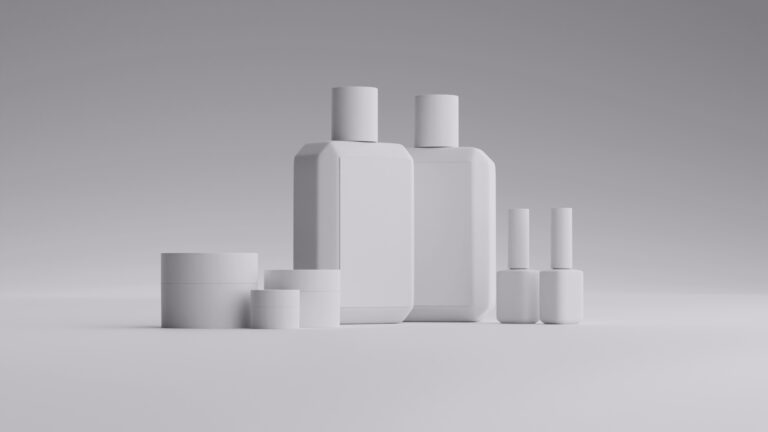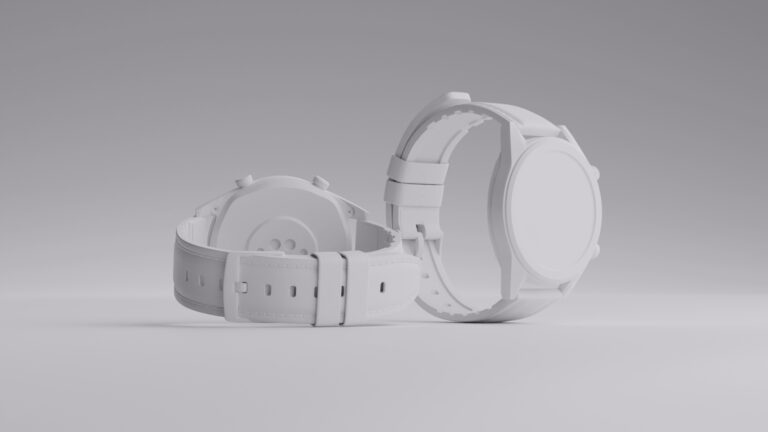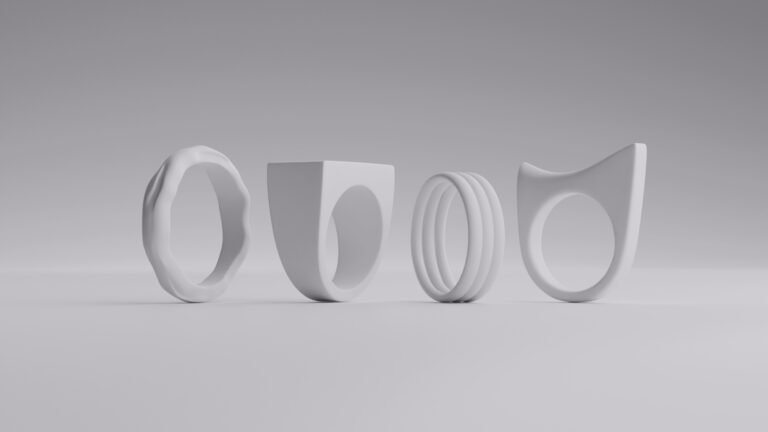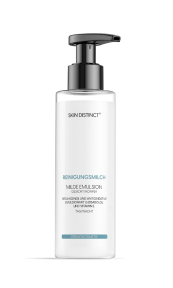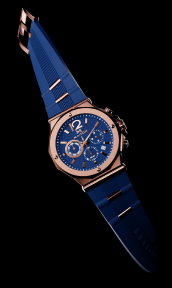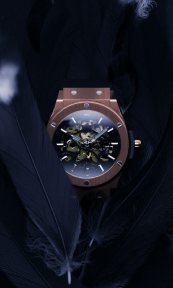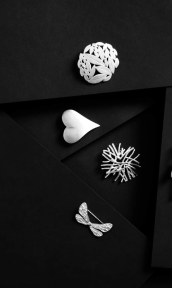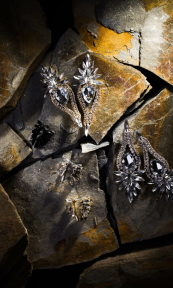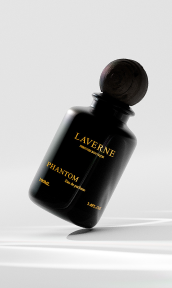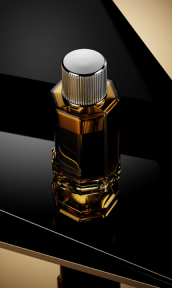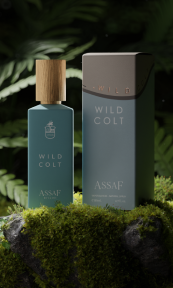Transparent product photography presents unique challenges and opportunities in advertising and showcasing. Transparent or translucent products, such as glassware, clear plastics, or intricate jewelry, require careful handling to highlight their features and aesthetics effectively. High-quality images of these products not only enhance visual appeal but also provide potential customers with a clear understanding of the product’s attributes.
The Importance of Transparent Product Photography

Although transparent product photography plays a critical role in the visual representation of several items, the reason why it is so essential might not be quite clear to everyone. So, to help you better understand how a high-quality image can help your brand, we’ve created a list with some of the most important aspects.
- Enhanced Product Visibility: Transparent products can be challenging to photograph effectively because their features might blend with backgrounds or suffer from unwanted reflections. High-quality images help potential buyers see the product clearly, making it easier to assess its design and functionality.
- Brand Image and Professionalism: Well-executed transparent product photography reflects a brand’s attention to detail and commitment to quality. Such images convey professionalism and build consumer trust, presenting the product in the best possible light and strengthening the brand’s reputation.
- Marketing and Advertising Impact: In the competitive digital marketplace, striking visuals can make a product stand out. Transparent product photography that highlights the unique aspects of a product—such as intricate designs or elegant features—can attract attention and drive engagement.
- Customer Education: Transparent product photography allows customers to see the full detail of a product, including internal features or design elements that might not be visible in standard product images. This transparency helps in educating customers about the product’s functionality and design, leading to more informed purchasing decisions.
- Enhanced Perceived Value: High-quality images of transparent products can enhance their perceived value by showcasing their craftsmanship and detailing. Clear, well-lit images that accurately represent the product’s appearance can create a sense of luxury and quality, which is particularly important for high-end or artisanal items.
Transparent product photography is more than just a visual representation; it is a vital tool in product marketing and consumer education. By providing enhanced visibility, reflecting professionalism, boosting marketing impact, educating customers, and increasing perceived value, effective transparent product photography plays a crucial role in influencing purchasing decisions and building brand credibility. Investing time and resources into mastering this type of photography can significantly benefit both product presentation and overall marketing strategy.
Practical Aspects of Transparent Product Photography

Photographing transparent products requires attention to specific details to capture their features effectively and manage the inherent challenges of reflections and clarity. Here’s a comprehensive guide to the practical aspects of achieving high-quality transparent product photography:
- Equipment Needed
To effectively capture transparent products, having the right equipment is crucial. The equipment you choose will directly impact the clarity, detail, and overall quality of your photographs. Each piece of equipment plays a specific role in managing reflections, lighting, and image sharpness. Understanding how to use these tools effectively will help you achieve professional results.
- Camera: A DSLR or mirrorless camera with manual controls is ideal. These cameras allow for precise adjustments in settings, crucial for capturing the subtle details of transparent products. Look for a camera with high resolution and good performance in low light conditions.
- Lenses:
○ Macro Lens: Essential for close-up shots, a macro lens captures fine details and textures that are important for transparent products like jewelry or intricate glassware.
○ Standard Zoom Lens: Useful for versatility, allowing you to adjust focal length and composition without changing lenses.
- Tripod: A sturdy tripod is crucial to avoid camera shake, especially when using slow shutter speeds or macro lenses. Ensure it is adjustable to allow for different angles and heights.
- Lighting:
○ Continuous Lighting: Provides consistent illumination, making it easier to control and adjust lighting in real-time. LED lights with adjustable color temperatures are particularly useful.
○ Strobes with Diffusers: Ideal for creating soft, even lighting and minimizing harsh reflections. Diffusers help spread light evenly over the product.
- Polarizing Filters: A circular polarizer can reduce reflections and glare, which is particularly useful for shiny or reflective transparent surfaces. This filter also enhances color saturation and contrast.
- Backdrop: A seamless backdrop, such as white or light-colored acrylic, helps isolate the product and provides a clean, distraction-free setting. For added creativity, you can use gradient backgrounds or light-colored surfaces that complement the product.
- Setting Up Your Shooting Environment
Creating the right shooting environment is key to successful transparent product photography. The setup involves careful consideration of background, lighting, and reflections. By controlling these factors, you can highlight the product’s features and avoid common pitfalls associated with photographing transparent items. Proper setup ensures that your product is showcased clearly and attractively.
Background Choice
The background should be chosen to complement the transparent product without overshadowing it. Common choices include:
- White or Light-Colored Backgrounds: These provide a neutral, clean canvas that allows the transparent product to stand out. They also help in maintaining color accuracy.
- Reflective Surfaces: For some products, using a reflective surface like glass or acrylic beneath the product can enhance its appearance and add a sophisticated touch.
Lighting Angles
Proper lighting is essential for highlighting the transparency and details of the product:
- Backlighting: Position a light source behind the product to create a glowing effect that emphasizes transparency and the product’s shape. This technique is effective for items like glass bottles or translucent plastics.
- Side Lighting: Soft side lighting can reveal texture and depth without creating harsh shadows. Use softboxes or diffusers to soften the light and ensure even coverage.
- Top Lighting: For certain products, placing a light source above the item can help in reducing shadows and highlight intricate details.
Reflection Management
Managing reflections is crucial for clear and effective product photography:
- Polarizing Filters: Use these on your camera to control and reduce reflections on the product’s surface. This helps in capturing the true nature of transparent materials without unwanted glare.
- Diffusers: Place diffusers between the light source and the product to soften the light and minimize direct reflections.
- Black or White Cards: Position black or white cards around the product to control reflections and manage light spills. Black cards can help absorb reflections, while white cards can reflect light to fill shadows.
- Step-by-Step Shooting Instructions
Following a systematic approach to shooting ensures that you capture the best possible images of your transparent products. Each step, from preparing the setup to post-processing, is designed to address the unique challenges of photographing transparent items. Adhering to these instructions will help you achieve consistent, high-quality results and effectively showcase your product’s details.
- Prepare the Setup: Place your backdrop securely and ensure it is clean and free of wrinkles. Set up your tripod and camera in a stable position.
- Position the Product: Place the transparent product on the chosen surface, ensuring it is properly centered and aligned with the camera. Use props or supports if necessary to keep the product in place.
- Adjust Lighting: Set up your lights according to the product’s needs. Use diffusers and polarizing filters to manage reflections and achieve the desired lighting effect. Test different lighting angles to find the best configuration.
- Camera Settings:
- Aperture: Use a smaller aperture (e.g., f/8 to f/11) to ensure a greater depth of field, which helps in capturing all details of the product.
- Shutter Speed: Adjust according to the lighting conditions to avoid overexposure or underexposure.
- ISO: Keep ISO as low as possible to reduce noise while ensuring the image is adequately exposed.
Take Test Shots: Capture a few test images to check for reflections, lighting balance, and focus. Adjust the setup as needed based on these test shots.
Capture Final Shots: Once satisfied with the setup, take multiple images from various angles. This provides a comprehensive view of the product and ensures that all its features are well-documented.
Post-Processing: Use photo editing software to enhance the images. Adjust contrast, remove any unwanted reflections, and correct colors to ensure the final images accurately represent the product.
Mastering the practical aspects of transparent product photography involves careful consideration of equipment, lighting, and setup techniques. By selecting the right tools, managing reflections effectively, and meticulously adjusting your environment, you can achieve high-quality images that showcase transparent products in their best light.
Incorporating CGI for Transparent Product Photography

While traditional photography techniques are effective, integrating Computer-Generated Imagery (CGI) can offer significant advantages for capturing transparent products. CGI allows for enhanced control over every aspect of the product’s presentation, which can be particularly beneficial for complex or high-precision items. Here’s how CGI can improve your transparent product photography:
Enhanced Detail and Precision
CGI allows for the creation of highly detailed and precise representations of transparent products. This is especially useful for items with intricate designs or internal components that are difficult to capture with traditional photography. By using CGI, you can ensure that every detail is accurately represented without the limitations of physical lighting and camera settings.
Greater Control Over Lighting and Reflections
One of the biggest challenges in photographing transparent products is managing reflections and lighting. CGI offers unparalleled control over lighting conditions, angles, and intensity. You can simulate different lighting environments to achieve the desired effect, manage reflections precisely, and ensure that the product’s transparency is showcased optimally. This flexibility helps in creating images that perfectly align with your vision.
Consistency Across Multiple Products
For brands with a range of transparent products, CGI can provide consistency in how each product is presented. By using 3D models and CGI techniques, you can ensure that all products are depicted with the same lighting, background, and styling. This uniformity helps in maintaining a cohesive visual identity and improves the overall brand presentation.
Flexibility in Design and Presentation
CGI allows for creative flexibility that traditional photography cannot always provide. You can experiment with different backgrounds, colors, and effects without the need for physical changes or reshoots. This flexibility is particularly useful for creating promotional materials or visualizing products in various settings.
Cost and Time Efficiency
While CGI may require an initial investment in software and skilled professionals, it can be cost-effective in the long run. Once the 3D models are created, they can be reused and adapted for different marketing needs without additional photoshoots. This can save time and resources, especially for large product catalogs.
Post-processing and Customization
CGI allows for extensive post-processing options that can enhance the final image without the limitations of traditional photography. Adjustments to transparency, lighting, and reflections can be made easily, and custom effects can be applied to meet specific marketing requirements.
CGI offers powerful advantages for transparent product photography by providing enhanced detail, control, and flexibility. It complements traditional photography by addressing challenges such as lighting and reflections, ensuring consistency across product lines, and allowing for creative experimentation. For many businesses, integrating CGI into their product photography strategy can lead to more striking and effective visual presentation.
Wrapping up
Transparent product photography presents unique challenges that require careful consideration of equipment, lighting, and shooting techniques to achieve high-quality results. By using the right tools and techniques, such as proper lighting setups, managing reflections, and ensuring a clean backdrop, you can effectively highlight the intricate details and transparency of your products.
Incorporating CGI into your strategy further enhances your ability to manage reflections, control lighting, and ensure consistency across various products. While traditional photography provides valuable insights and authenticity, CGI offers additional flexibility and precision that can elevate your visual presentation.
Ultimately, whether you rely on traditional methods or integrate CGI, the goal is to showcase transparent products in a way that captivates and informs potential customers. Mastering these techniques ensures that your product images are not only visually appealing but also functional in conveying the product’s true nature and value.
FAQ
What are the main challenges in photographing transparent products?
Photographing transparent products can be challenging due to issues such as managing reflections, achieving accurate color representation, and ensuring that the product’s details are visible without blending into the background.
What equipment is essential for capturing high-quality images of transparent products?
Key equipment includes a DSLR or mirrorless camera with manual controls, macro and standard zoom lenses, a sturdy tripod, continuous lighting or strobes with diffusers, polarizing filters, and a clean backdrop. These tools help in managing reflections, achieving clarity, and ensuring proper lighting.
How can I effectively manage reflections when photographing transparent products?
To manage reflections, use polarizing filters on your camera to reduce glare, employ diffusers to soften the light and minimize direct reflections, and position black or white cards around the product to control light spill and reflection.
What are the benefits of using CGI in transparent product photography?
CGI offers enhanced detail and precision, greater control over lighting and reflections, consistency across multiple products, creative flexibility in design, cost and time efficiency, and extensive post-processing options. It complements traditional photography by addressing its limitations.
What steps should I follow to set up a shooting environment for transparent product photography?
Start by choosing a suitable background, such as a white or light-colored surface. Set up your lighting, experimenting with angles like backlighting, side lighting, and top lighting to highlight the product’s features. Use a tripod for stability, adjust camera settings for optimal exposure, and capture test shots to ensure the setup is effective before taking the final images.





